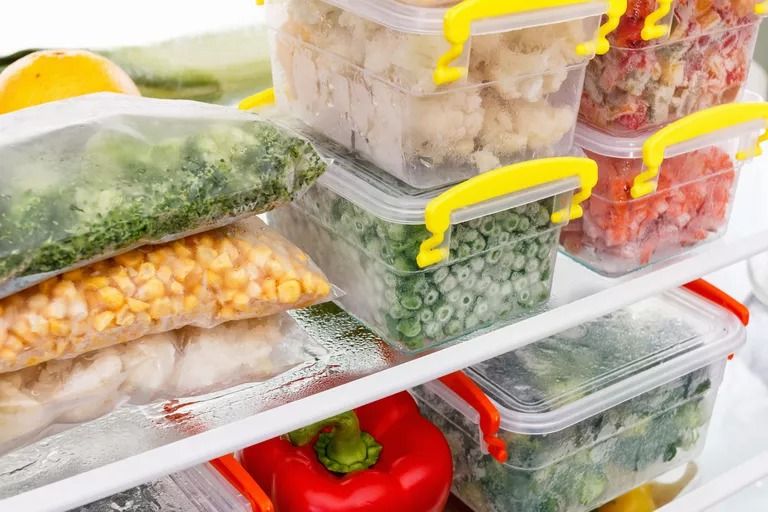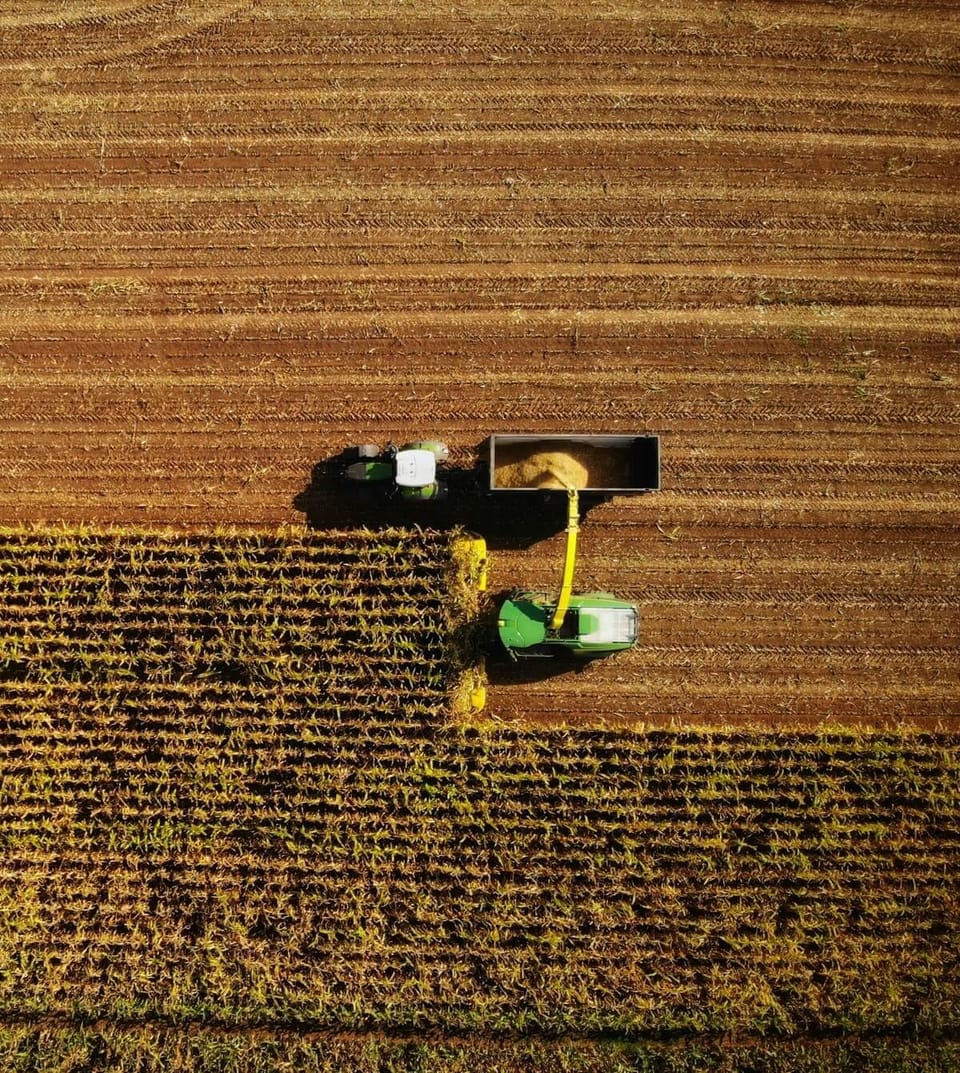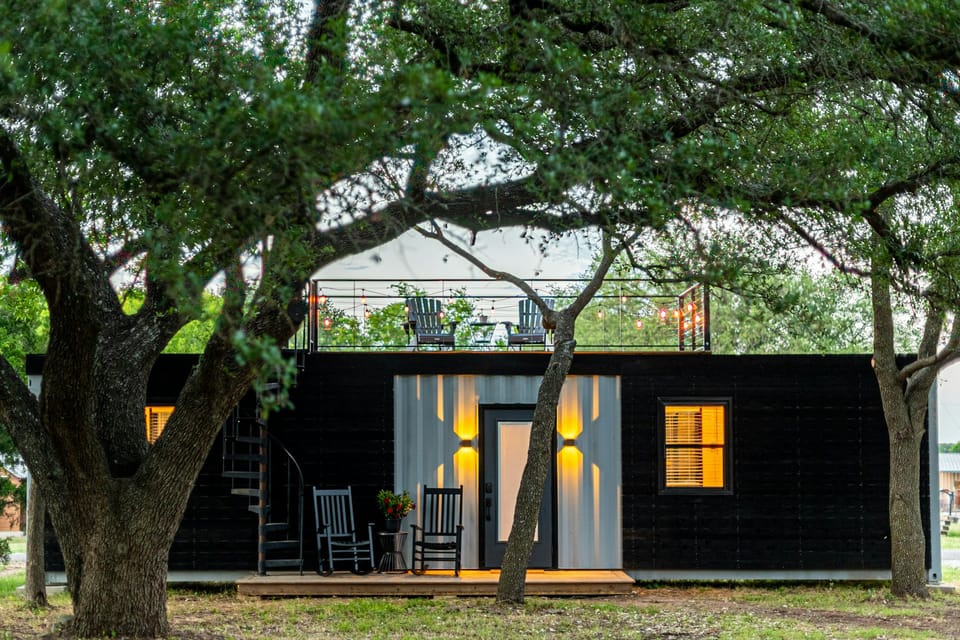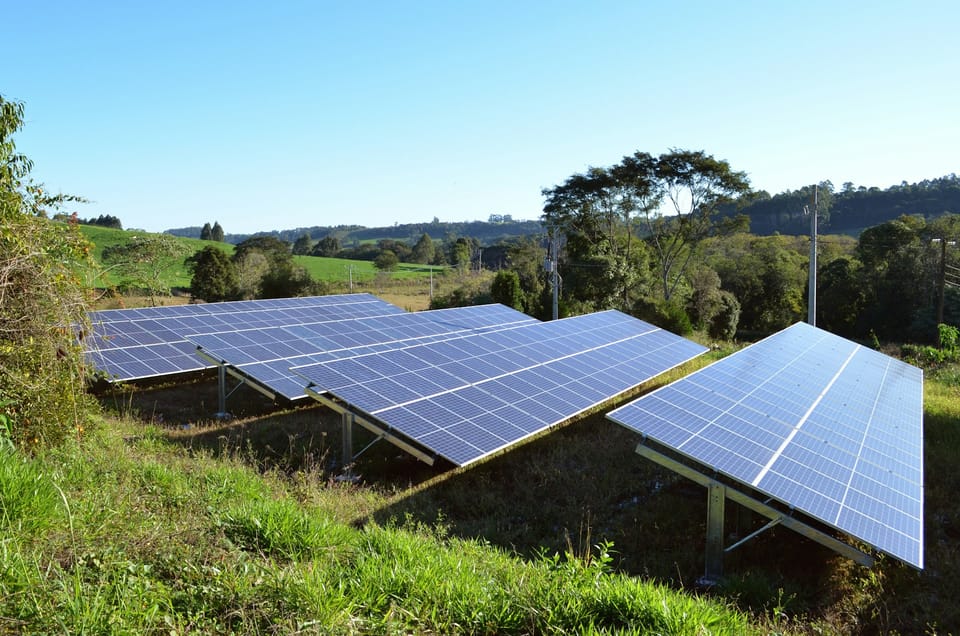Compostable and "Biodegradable" Plastics Provide False Sense of Responsibility
Despite green labels, many compostable and biodegradable plastics don’t break down as promised. This article explores how they contribute to pollution, confuse consumers, and hinder progress toward true sustainability.
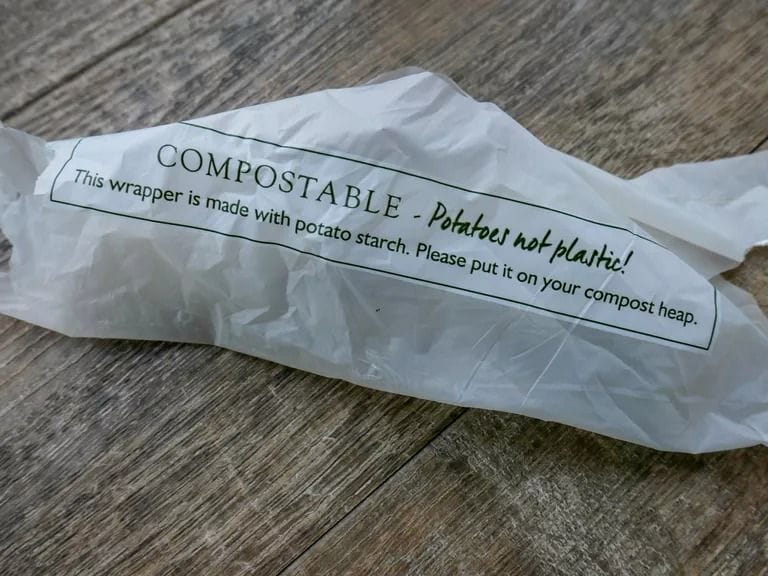
It seems everywhere I go these days, another restaurant is serving drinks in "biodegradable" plastic cups and food with potatoware disposable cutlery. And it really bugs me. But why would I be against making wasteful disposable plastic a little greener, you ask? Because without coupling the use of these biodegradable plastics with the ability to recover them, we are reinforcing a false sense of responsibility that we are doing good by the environment when we really aren't. If the composting infrastructure is not in place to recover the bio-material from that corn-based cup, it's really no better than the ubiquitous red plastic keg cup.Here's the problem. Most biodegradable cups are made from PLA (polylactic acid) plastic. PLA is a polymer made from high levels of polylactic acid molecules. For PLA to biodegrade, you must break up the polymer by adding water to it (a process known as hydrolyzing). Heat and moisture are required for hydrolyzing to occur. So if you throw that PLA cup or fork in the trash, where it will not be exposed to the heat and moisture required to trigger biodegradation, it will sit there for decades or centuries, much like an ordinary plastic cup or fork.
Designing a Solution
The solution to this quandary is a broader design perspective. The designer who thinks across past, present, & future puts the onus on herself to couple material use with recovery. A great example of this occurs close to me in San Francisco. A local lunch spot called Mixt Greens ($14 salad, anyone?) serves its salads & drinks in PLA containers. In San Francisco, where composting is mandated by law and is a service provided by city government, each of the PLA containers has a high probability of being composted. Yes, this solution is a function of having an inherently local business (that happens to be located in the one city in the nation with mandatory composting).But the 21st century designer's challenge is to figure out how to scale this model that couples material specification and recovery on a nationwide or global basis. This is, incidentally, why my business, Method, has chosen to go with 100% recycled PET packaging rather than PLA. We haven't figured that one out yet.
The Results Are Worth the Effort
If we are successful in designing products that couple material use and recovery, however, two beautiful things happen. First, more composting infrastructure develops to serve demand, which opens up the recapture of all sorts of other biomaterials. Second, it encourages the responsible transition to more biomaterials, and it spurs the development of the requisite infrastructure needed to supply these products. This virtuous cycle is precisely the type of step that will take us demonstrably closer to a sustainable economy. It's another vivid example that shows us that sustainability is a design problem, and broader design thinking can lead us to solutions.





